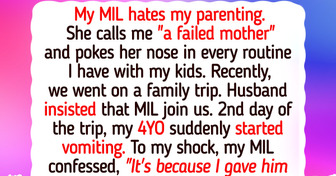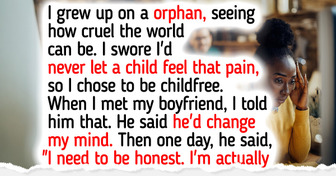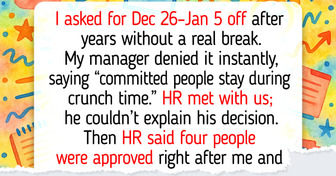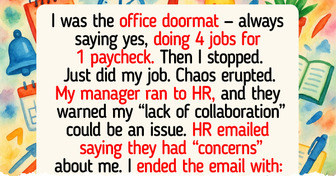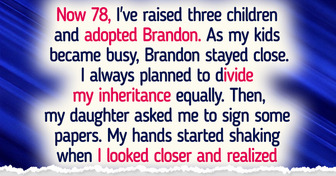18 Employees Who Saw Their Choices Backfire Hard

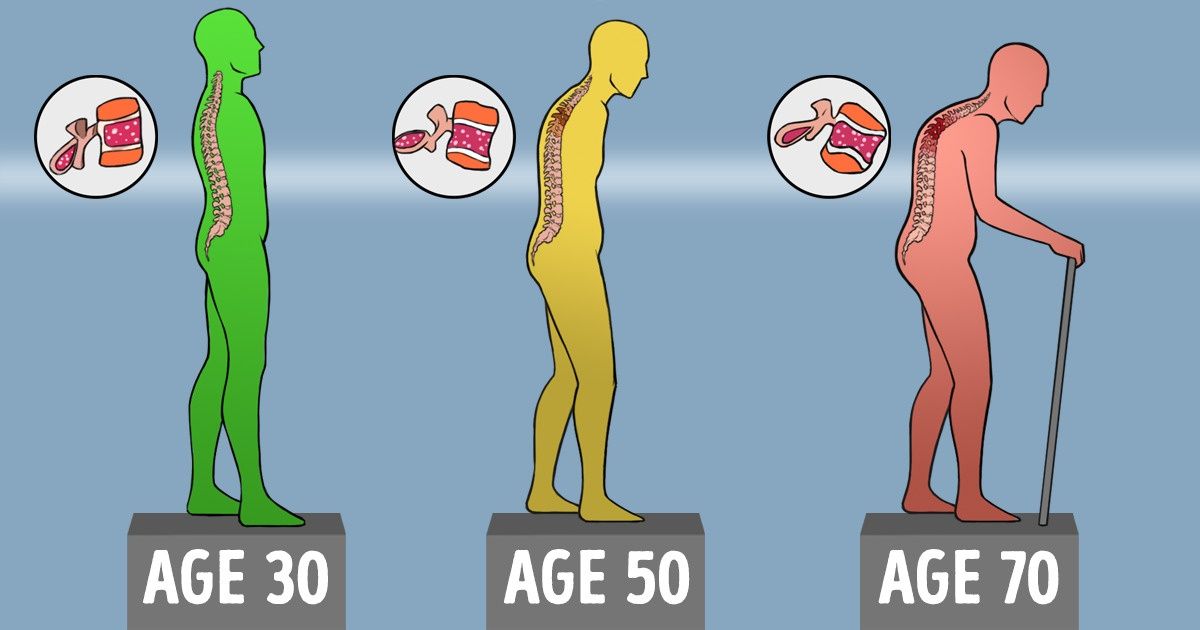
Osteoporosis is one of the most widespread bone conditions around the world. This health condition, which makes your bones become fragile and weak, affects an estimated 32 million people in Europe. According to official statistics, osteoporosis causes more than 700,000 fractures annually in the US.
Here at Bright Side, we’re sure that there are things you can try in your 20s and 30s to help ensure your bones stay healthy and flexible through your 60s. Just make sure you know all of your existing conditions and medications, and consult with your doctor beforehand.
And be sure to read to the end of the article, we’ve prepared an important bonus for you!
If you ask a random person about how to protect your bones, they will most likely mention calcium in their answer. Our bones do contain 99% of the total calcium in our body, so to keep osteoporosis at bay, the first thing to do is to make sure you consume enough of this nutrient.
Recommendation: The amount of calcium you need (both from food and supplements) depends on your gender and age.
Sources of calcium: sardines and canned salmon, soybeans and tofu, almonds, cheese, milk, spinach, and orange juice.
Vitamin D is one of the most important micronutrients in our bodies. It’s also called the sunshine vitamin as it’s produced in your body when you’re exposed to sunlight. Vitamin D is involved in numerous processes, including brain function. It’s also essential for healthy bones and teeth simply because it helps to absorb calcium.
Even if you get enough calcium but not enough vitamin D, you are still at risk of getting osteoporosis and osteomalacia (softening of the bones).
Recommendation: The National Institutes of Health (NIH) recommend 37.5 to 50 mcg (1,500–2,000 IU) daily for children and at least 25 mcg (1,000 IU)/day for adults.
Sources of vitamin D: fatty fish like tuna and salmon, dairy products, cereals, beef liver, cheese, and eggs.
A strict diet may help you lose a couple of extra pounds, but it’s not a healthy way to deal with them, and more importantly, losing weight — especially during the early postmenopausal period — puts your bones at risk of low bone mass and increased bone loss. On the other hand, obesity is also a risk factor contributing to bone fractures and breaks.
Recommendation: The best option here is to maintain your regular weight. Never go on a crash diet or a low-calorie diet, and try not to put on too much weight, especially in short periods of time. Adopt a healthy lifestyle and opt for a well-balanced diet plan while keeping physically active.
After age 40, our bodies start to gradually lose their bone mass. To help your bones stay healthy for as long as possible you need to keep them in shape with physical activity because our bones need exercise just like our muscles do.
Recommendation: The National Institute of Arthritis and Musculoskeletal and Skin Diseases recommends weight-bearing types of exercise like weight training, brisk walking, jogging, and even dancing. Consult your doctor before starting any program and remember to listen to your body.
If you, just like millions of people worldwide, can’t imagine your morning without a cup of coffee, you must know that there is such a thing as too much caffeine, especially for your bones. Studies suggest that caffeine (when taken in large amounts) can reduce your bone density in small amounts.
Recommendation: Doctors assure us that it’s safe for an average adult to have up to 400 mg of caffeine (4 cups of brewed coffee) a day. So if you have 4 or less, there’s nothing to worry about. If you drink more than that, your bones might suffer.
Combined with moderate physical activity, Omega-3 fatty acids have a significant effect on bone mineral density. They boost the production of bone-forming cells called osteoblasts. Plus, polyunsaturated fatty acids can help reduce joint pain from osteoporosis and rheumatoid arthritis.
Recommendation: According to the National Institute of Health, an average adult (age 18+) needs 1.6 g (male) and 1.1 g (female) of Omega-3 per day.
Sources of Omega-3: fatty fish like mackerel, seafood, walnuts, chia seeds, etc.
Did you know that your organic bone mass is 90% collagen? As you age, in addition to the loss of bone density, the collagen level in your body reduces dramatically, which may eventually lead to brittle bones and fractures.
Recommendation: To get collagen naturally, include fish, bone broth, and bell peppers in your diet plan. But since it’s very hard to get the required amount of collagen from these products, you may want to try the supplements and follow the directions on how much to take. Before trying the supplement, consult your doctor.
Sources of collagen: bone broth, gelatin, bell peppers, citrus fruits, eggs, pumpkin seeds, etc.
Numerous studies have shown that protein intake is directly associated with a higher index of bone density. In fact, calcium and protein work together to maintain your bone health.
Recommendation: According to Harvard Health, the recommended dietary allowance for protein is 0.8 grams per kilogram of body weight. In other words, 10% of your daily intake should be protein-based foods and drinks.
Sources of protein: seafood, white-meat poultry, milk, cheese, eggs, beans, etc.
Japanese scientists state that excessive sodium intake puts your bone health at risk. Most of us get sodium from regular table salt, which is bad because salt causes a loss of calcium which can eventually lead to weak, brittle bones. So in order to prevent osteoporosis, try to reconsider your diet — and your sodium intake in particular.
Recommendation: The American Heart Association recommends no more than 2,300 mg a day and an ideal limit of no more than 1,500 mg per day for most adults.
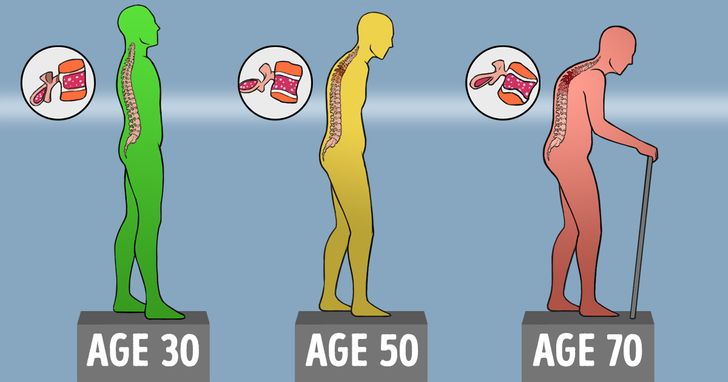
Now that you know how to help your body keep your bones stronger for longer, we thought it would be useful to know that there are some factors that put you at higher risk, and you can’t do anything about them, unfortunately.
If you’re in any of these risk groups, you’d better take your bone health even more seriously!!
Don’t postpone your health, and even if you’re still in your 20s, start looking out for your bones today! Share this article with your friends who take their bone health seriously.

